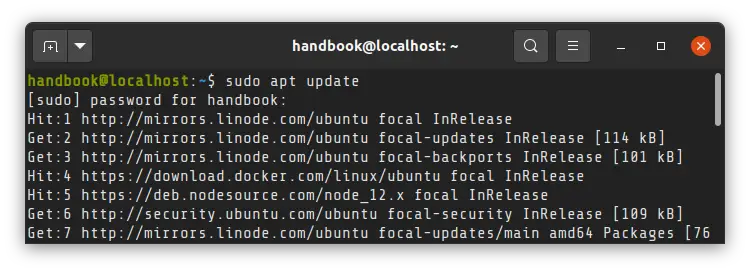

Ready to turn on your Mac’s superuser account? Here’s how to enable the root user account on a Mac and set the password:įrom the Apple menu, select System Preferences.Ĭlick the lock icon and authenticate with an administrator account.Ĭlick Join, as shown in the figure below.Ĭlick the Open Directory Utility button. System administrators consider using sudo a best practice - you should always try using sudo before you log in as root! Enabling the Root User Account

Love MicroK8s? Want to contribute or suggest a feature? Give us your feedback.Most commands can be executed with sudo, but you’ll need to authenticate with your administrator password to execute the command as root.Having problems? Check out our troubleshooting section.Find out how to run MicroK8s on Windows, macOS or a Raspberry Pi.Need to fiddle with the Kubernetes configuration? Find out how to configure the Kubernetes services.Want to experiment with alpha releases of Kubernetes? See the documentation on setting channels.One node not enough? Try setting up a MicroK8s cluster.If you don’t want this to happen, simply remember to run microk8s stop before you power down. Note that if you leave MicroK8s running, it will automatically restart after a reboot. You can stop and start MicroK8s with these simple commands: MicroK8s will continue running until you decide to stop it. These are easy to set up: microk8s enable dns For applications which need storage, the ‘hostpath-storage’ add-on provides directory space on the host. To start it is recommended to add DNS management to facilitate communication between services. However, plenty of extra features are available with a few keystrokes using “add-ons” - pre-packaged components that will provide extra capabilities for your Kubernetes, from simple DNS management to machine learning with Kubeflow! MicroK8s uses the minimum of components for a pure, lightweight Kubernetes. It may take a minute or two to install, but you can check the status: Microk8s kubectl create deployment nginx -image=nginx You can use the kubectl command to do that as with any Kuberenetes. Of course, Kubernetes is meant for deploying apps and services. If you don’t have an existing install, it is easier to add an alias (append to ~/.bash_aliases) like this: MicroK8s uses a namespaced kubectl command to prevent conflicts with any existing installs of kubectl. For example, to view your node: microk8s kubectl get nodes Use it to run commands to monitor and control your Kubernetes. MicroK8s bundles its own version of kubectl for accessing Kubernetes. During installation you can use the -wait-ready flag to wait for the Kubernetes services to initialise: MicroK8s has a built-in command to display its status.
RUN LUNCH AS SUDO USER UPDATE
You will also need to re-enter the session for the group update to take place: kube caching directory, run the following two commands: sudo usermod -a -G microk8s $USER sudo chown -f -R $USER ~/.kube To add your current user to the group and gain access to the. MicroK8s creates a group to enable seamless usage of commands which require admin privilege.
RUN LUNCH AS SUDO USER INSTALL
It can be installed with a snap: sudo snap install microk8s -classic -channel=1.27 MicroK8s will install a minimal, lightweight Kubernetes you can run and use on practically any machine. See the alternative install page for details. Note: If you don’t meet these requirements, there are additional ways of installing MicroK8s, including additional OS support and an offline deploy. Manage upgrades with a Snap Store Proxy.


 0 kommentar(er)
0 kommentar(er)
